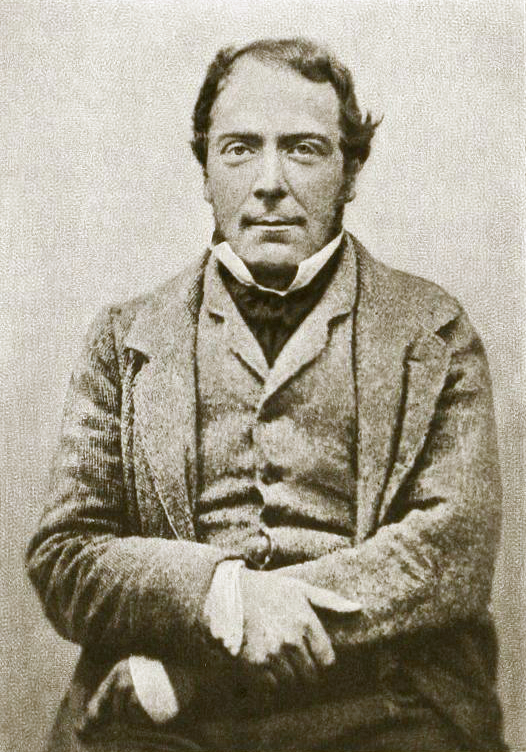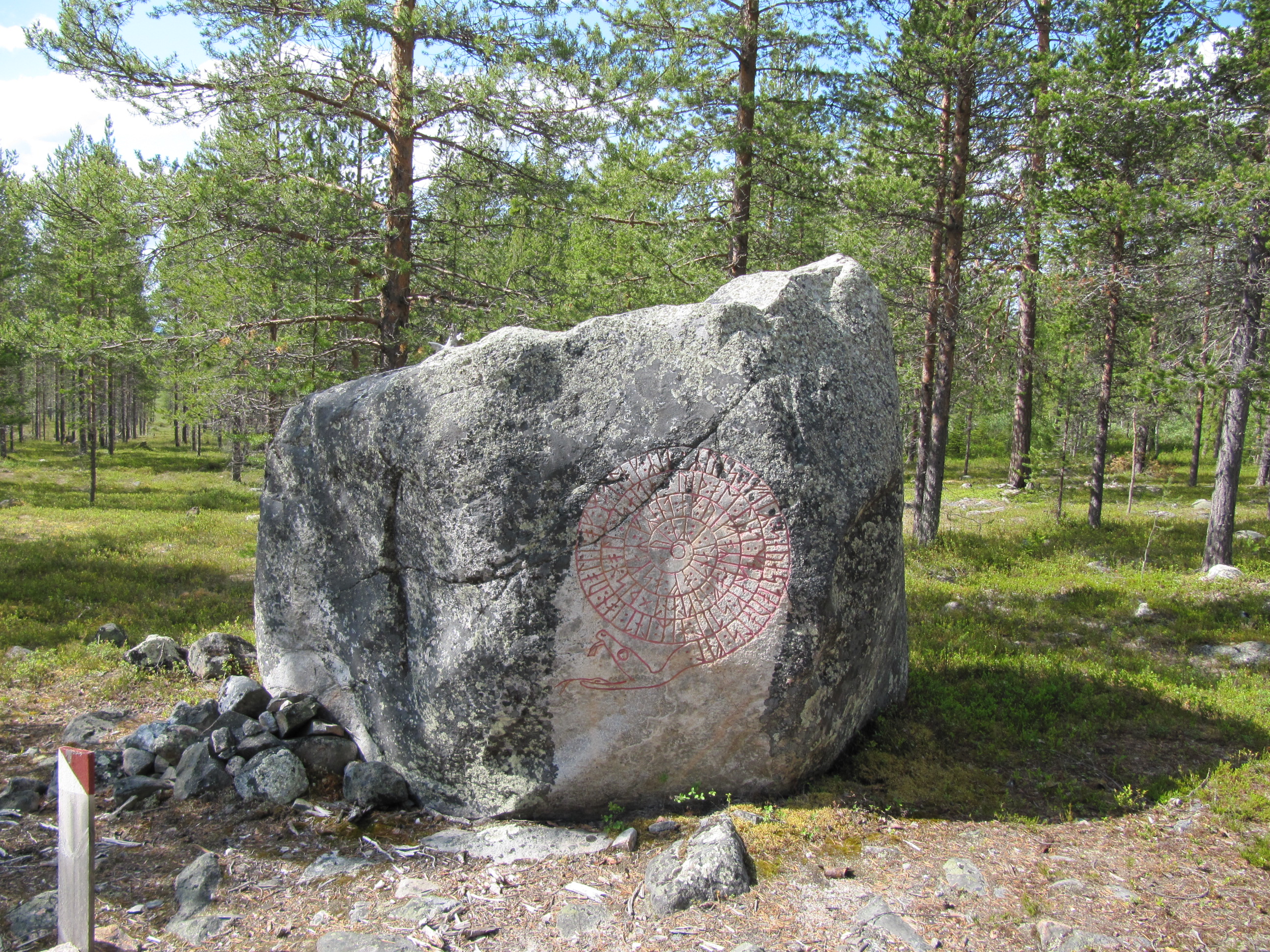John Wolley on:
[Wikipedia]
[Google]
[Amazon]
 John Wolley (13 May 1823 – 20 November 1859) was an English
John Wolley (13 May 1823 – 20 November 1859) was an English
 In 1845 he travelled to Spain. He began to collect the eggs of birds both on his own and through other collectors. He graduated with a BA in January 1846 and moved to London with the intention of studying law at the Middle Temple. He spent a lot of time in the British Museum and took an interest in the study of the dodo, and became acquainted with H. E. Strickland.
In 1846 he travelled through Germany and Switzerland, even climbing
In 1845 he travelled to Spain. He began to collect the eggs of birds both on his own and through other collectors. He graduated with a BA in January 1846 and moved to London with the intention of studying law at the Middle Temple. He spent a lot of time in the British Museum and took an interest in the study of the dodo, and became acquainted with H. E. Strickland.
In 1846 he travelled through Germany and Switzerland, even climbing  In 1853 he set off to explore the Arctic region of Lapland, Norway, Sweden and Finland. After returning to England, his health declined with symptoms that included the loss of memory. He died after becoming unconscious on 20 November 1859.
In 1853 he set off to explore the Arctic region of Lapland, Norway, Sweden and Finland. After returning to England, his health declined with symptoms that included the loss of memory. He died after becoming unconscious on 20 November 1859.
Ootheca Wolleyana Volume 1Volume 2
{{DEFAULTSORT:Wolley, John 1823 births 1859 deaths English naturalists People from Matlock, Derbyshire People educated at Eton College Alumni of Trinity College, Cambridge Oologists
 John Wolley (13 May 1823 – 20 November 1859) was an English
John Wolley (13 May 1823 – 20 November 1859) was an English naturalist
Natural history is a domain of inquiry involving organisms, including animals, fungi, and plants, in their natural environment, leaning more towards observational than experimental methods of study. A person who studies natural history is cal ...
best known for his large collection of bird eggs
Bird eggs are laid by the females and range in quantity from one (as in condors) to up to seventeen (the grey partridge). Clutch size may vary latitudinally within a species. Some birds lay eggs even when the eggs have not been fertilized; it is ...
and studies on the dodo
The dodo (''Raphus cucullatus'') is an extinction, extinct flightless bird that was endemism, endemic to the island of Mauritius, which is east of Madagascar in the Indian Ocean. The dodo's closest relative was the also-extinct and flightles ...
and great auk
The great auk (''Pinguinus impennis''), also known as the penguin or garefowl, is an Extinction, extinct species of flightless bird, flightless auk, alcid that first appeared around 400,000 years ago and Bird extinction, became extinct in the ...
.
Life and work
Wolley was born at Matlock on 13 May 1823. His father was Reverend John Hurt and his mother Mary was the daughter of Adam Wolley who was an antiquarian. After the death of his father-in-law in 1827, John Hurt assumed the name of Wolley. John Wolley obtained his early education at Mr. Fletcher's preparatory school in Southwell and then moved to Eton in 1836. He moved in 1842 toTrinity College, Cambridge
Trinity College is a Colleges of the University of Cambridge, constituent college of the University of Cambridge. Founded in 1546 by King Henry VIII, Trinity is one of the largest Cambridge colleges, with the largest financial endowment of any ...
. He had already become interested in nature and spent a lot of time in the woods and fens around Cambridgeshire and Huntingdonshire.
 In 1845 he travelled to Spain. He began to collect the eggs of birds both on his own and through other collectors. He graduated with a BA in January 1846 and moved to London with the intention of studying law at the Middle Temple. He spent a lot of time in the British Museum and took an interest in the study of the dodo, and became acquainted with H. E. Strickland.
In 1846 he travelled through Germany and Switzerland, even climbing
In 1845 he travelled to Spain. He began to collect the eggs of birds both on his own and through other collectors. He graduated with a BA in January 1846 and moved to London with the intention of studying law at the Middle Temple. He spent a lot of time in the British Museum and took an interest in the study of the dodo, and became acquainted with H. E. Strickland.
In 1846 he travelled through Germany and Switzerland, even climbing Mont Blanc
Mont Blanc (, ) is a mountain in the Alps, rising above sea level, located right at the Franco-Italian border. It is the highest mountain in Europe outside the Caucasus Mountains, the second-most prominent mountain in Europe (after Mount E ...
. In 1847 he moved to Edinburgh and began to study medicine. In 1850 he was elected Senior President of the Royal Medical Society. He continued his egg collections, making trips to Orkney and Shetland in 1848. He wrote on the birds of the Faeroes and contributed to Sir William Jardine's "Contributions to Ornithology for 1850". He moved back to London and remained until 1853, studying the great auk.
 In 1853 he set off to explore the Arctic region of Lapland, Norway, Sweden and Finland. After returning to England, his health declined with symptoms that included the loss of memory. He died after becoming unconscious on 20 November 1859.
In 1853 he set off to explore the Arctic region of Lapland, Norway, Sweden and Finland. After returning to England, his health declined with symptoms that included the loss of memory. He died after becoming unconscious on 20 November 1859.
Legacy
Wolley bequeathed his egg collection and notebooks toAlfred Newton
Alfred Newton Fellow of the Royal Society, FRS HFRSE (11 June 18297 June 1907) was an England, English zoologist and ornithologist. Newton was Professor of Comparative Anatomy at Cambridge University from 1866 to 1907. Among his numerous public ...
who catalogued them in ''Ootheca wolleyana'' before donating the collection to the British Museum. Wolley had also donated a collection of about 120 Indian bird skins to the Norwich museum in 1858.
One of Wolley's ideas was to conduct a comprehensive census of all the birds of Britain, an idea that foreshadowed bird atlas
A bird atlas is an ornithology, ornithological work that attempts to provide information on the distribution, abundance, long-term change as well as seasonal patterns of bird occurrence and make extensive use of maps. They often involve a large num ...
es.
References
External links
*Ootheca Wolleyana Volume 1
{{DEFAULTSORT:Wolley, John 1823 births 1859 deaths English naturalists People from Matlock, Derbyshire People educated at Eton College Alumni of Trinity College, Cambridge Oologists